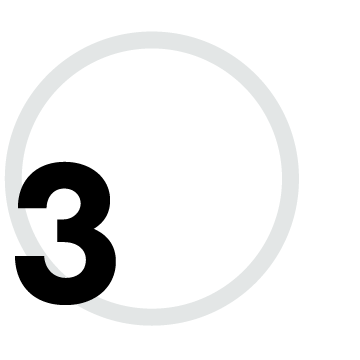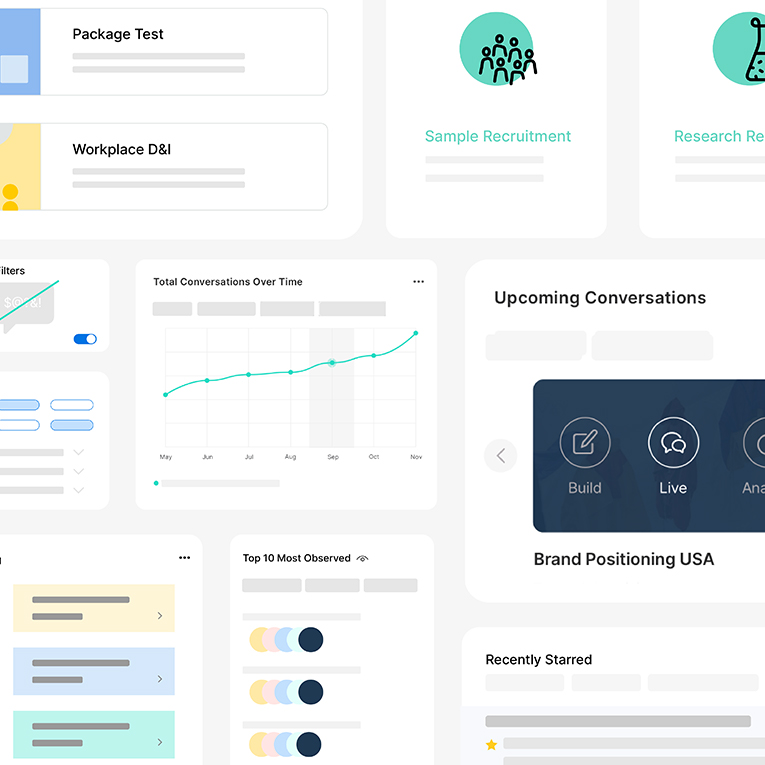.webp)
Trends
How to Calculate Your Sample Size Using a Sample Size Formula

.png)

.png)
Read More

.png)
.png)
.png)
Maria Noesi
November 25, 2021
Remesher
.webp)
Trends
How to Calculate Your Sample Size Using a Sample Size Formula

.png)

.png)
Read More

.png)
.png)
.png)
November 25, 2021
Remesher
.webp)
Trends
How to Calculate Your Sample Size Using a Sample Size Formula

.png)

.png)
Read More

.png)
.png)
.png)
November 25, 2021
Remesher
.webp)
Trends
How to Calculate Your Sample Size Using a Sample Size Formula

.png)

.png)
Read More

.png)
.png)
.png)
November 25, 2021
Remesher
.webp)
Trends
How to Calculate Your Sample Size Using a Sample Size Formula

.png)

.png)
Read More

.png)
.png)
.png)
November 25, 2021
Remesher
.webp)
Trends
How to Calculate Your Sample Size Using a Sample Size Formula

.png)

.png)
Read More

.png)
.png)
.png)
November 25, 2021
Remesher
3 Key Takeaways from Quirks Brooklyn 2020
Here is a breakdown of the week’s 3 biggest takeaways on the state of the insights industry in 2020!


Earlier this week, the Remesh team had the pleasure of exhibiting and presenting at Quirks Brooklyn 2020, one of the largest events for market research and insights professionals all over the world. As always, we had a ton of fun.
Here is a breakdown of the week’s 3 biggest takeaways on the state of the insights industry in 2020!

Brands are taking research into their own hands
Everyone, from creative agencies to CPG brands and even Dunkin’ Donuts, are looking to gain better customer insights, and research teams are increasingly expected to do things better, faster, and cheaper. According to a GRIT report in 2018, around 75% of buyers with traditionally large annual research war chests experienced a decrease in annual research budgets.
To reduce research costs, while preserving quality and speed, brands have increasingly turned to using different DIY research tools, such as online focus group platforms in order to bring research efforts in-house. Conducting DIY or assisted-DIY research projects – as opposed to traditional methods of outsourcing research projects to external agencies – help brands lower research costs while giving them a higher degree of involvement.
In (unsurprisingly one of our favorite) sessions of the event, Acoustic and Landor talked about using Remesh to have internal conversations with more than 600 Acoustic employees across 6 continents. Through the use of a DIY tool, the research team was able to have more customizability over the questions they were asking, eventually gaining valuable insights that Acoustic build a new brand and company culture.

Everybody wants to know how you feel
Market research has traditionally focused on understanding and segmenting customers based on their behaviors and purchase decisions. Enabled with new technology, brands are trying to go even deeper to understand customers’ emotional states and reactions to their ads and products. In their presentation on developing decisive insights with behavioral insights, Dunkin' discussed using methods such as metaphor elicitation to understand how customers related to coffee on an emotional level, and what emotions they felt the ideal coffee brand should generate.
Emotional reactions to products and advertisements can even vary based on unexpected factors such as physical location. Curion noted, for example, that in one study almost 20% of its customers found a popular confectionary treat too sweet when tasting it in a WeWork, whereas the same group reported it as less sweet in a controlled environment.
AI-powered research tools can take this understanding of customer emotions to a whole different level. Companies such as EmoShape are attempting to create virtual AI avatars that replicate human emotional reactions to various stimuli, removing the need for brands to seek out actual human respondents for their research purposes.

Collaboration is key at every level
Finally, to ensure the successful implementation of customer insights, organizations need to work towards improving collaboration both internally, and between organizations and outsourced research partners. During a panel discussion with insight leaders at Estee Lauder, GSK, and Reckitt Benckiser, panelists all echoed the importance of internal organizational alignment on how best to use customer insights. Developing internal toolkits, and even “insight workshops,” can go a long way in helping different departments within an organization best utilize consumer insights to elevate their business functions.
While utilizing research tools, close collaboration between research teams and external partners and vendors is critically important. In their session on accelerating brand building and innovation, Harry’s (the direct-to-consumer shaving brand) attributed the success of their semi-DIY research project on the close collaboration they shared with the various research vendors and partners they worked closely with.
Wrapping Up
As competition between consumer brands continue to heat up, research teams will feel continual pressure to do more with fewer resources. Being able to utilize DIY research tools, collaborate closely with internal and external stakeholders, and build a better understanding of consumer emotions is key to staying ahead of the pack.
We had a blast co-presenting with Landor and Acoustic on using AI-driven human insights to build a new brand and culture. Grab yourself a copy of the session slides here.
Stay up-to date.
Stay ahead of the curve. Get it all. Or get what suits you. Our 101 material is great if you’re used to working with an agency. Are you a seasoned pro? Sign up to receive just our advanced materials.






